Is the reported attendance of 78,000 at the US Open a false boom? A well-known reporter reveals that the organizers filled seats with numerous people.
After the US Open mixed doubles matches concluded, the officials released data claiming that over 78,000 spectators attended in person during the two days of competition, with both Arthur Ashe and Armstrong Stadiums reportedly at full capacity. However, this proclaimed "spectacle" was quickly challenged by journalist Ben Rothenberg, who uncovered a startling inside story.
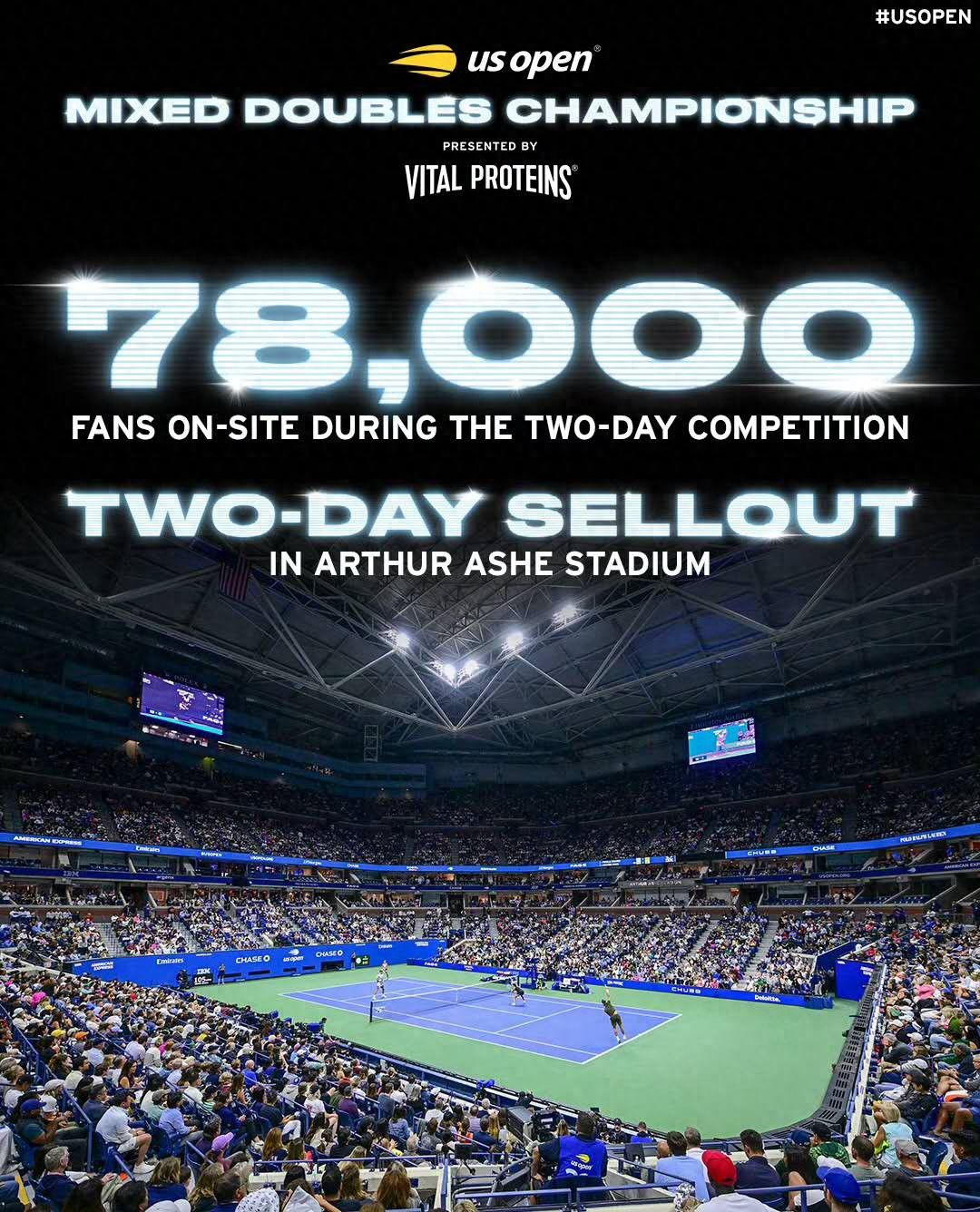
This year, the US Open mixed doubles matches were broadcast across 17 online channels in more than 170 countries and regions. To boost viewership, the organizers even allowed fans registered with a "Fan Access Pass" to attend some mixed doubles matches at Armstrong Stadium (a non-main venue) free of charge. The effect was clear: on Tuesday alone, over 20,000 spectators watched matches inside Armstrong Stadium.
In contrast to the accessible Armstrong Stadium, gaining entry to Arthur Ashe Stadium was much tougher, as even the cheapest tickets for the central court were priced at $90 — nearly four times higher than previous years. To put that into perspective, it’s roughly 650 RMB, and premium seats, such as those in the front rows of the central court, cost as much as $481, approximately 3,500 RMB.
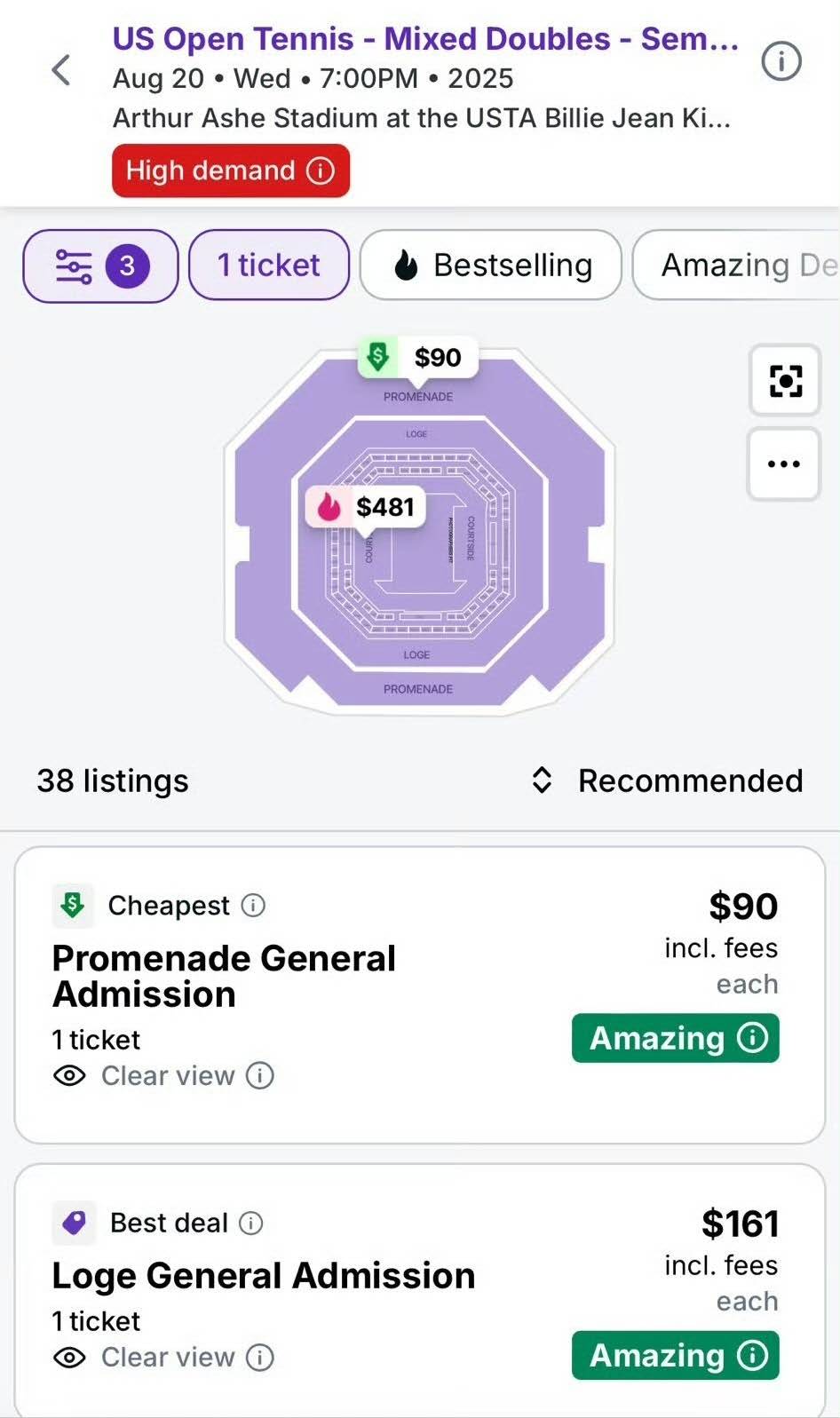
Yet despite these high prices, when Alcaraz and Raducanu took to the central court, the stadium was packed to capacity. Many viewed this as solid proof that the US Open’s mixed doubles reforms were a huge success! After all, with ticket prices so steep, the fact that so many fans were willing to pay indicated that the new format had been well received by the market.
However, behind these impressive figures lies a secret the organizers prefer to keep hidden. Internal emails obtained by journalist Ben Rothenberg reveal that the USTA invited all credentialed staff members—including player teams and many US Open personnel—to fill empty seats to avoid awkward gaps during TV broadcasts.
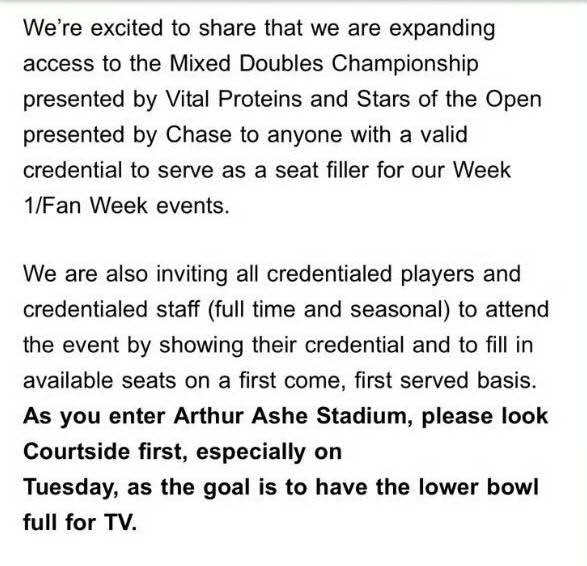
“Free admission”? “Staff filling seats”? All the evidence seems to suggest one thing: the US Open organizers deliberately created an illusion of prosperity to prove how wise and successful their reform strategy is!
Regarding this phenomenon, experts have commented, “The US Open officially admits that attendance rates are indeed higher than last year’s mixed doubles matches, but achieving this through free entry and inviting staff to fill seats raises doubts about the actual popularity of the matches.”
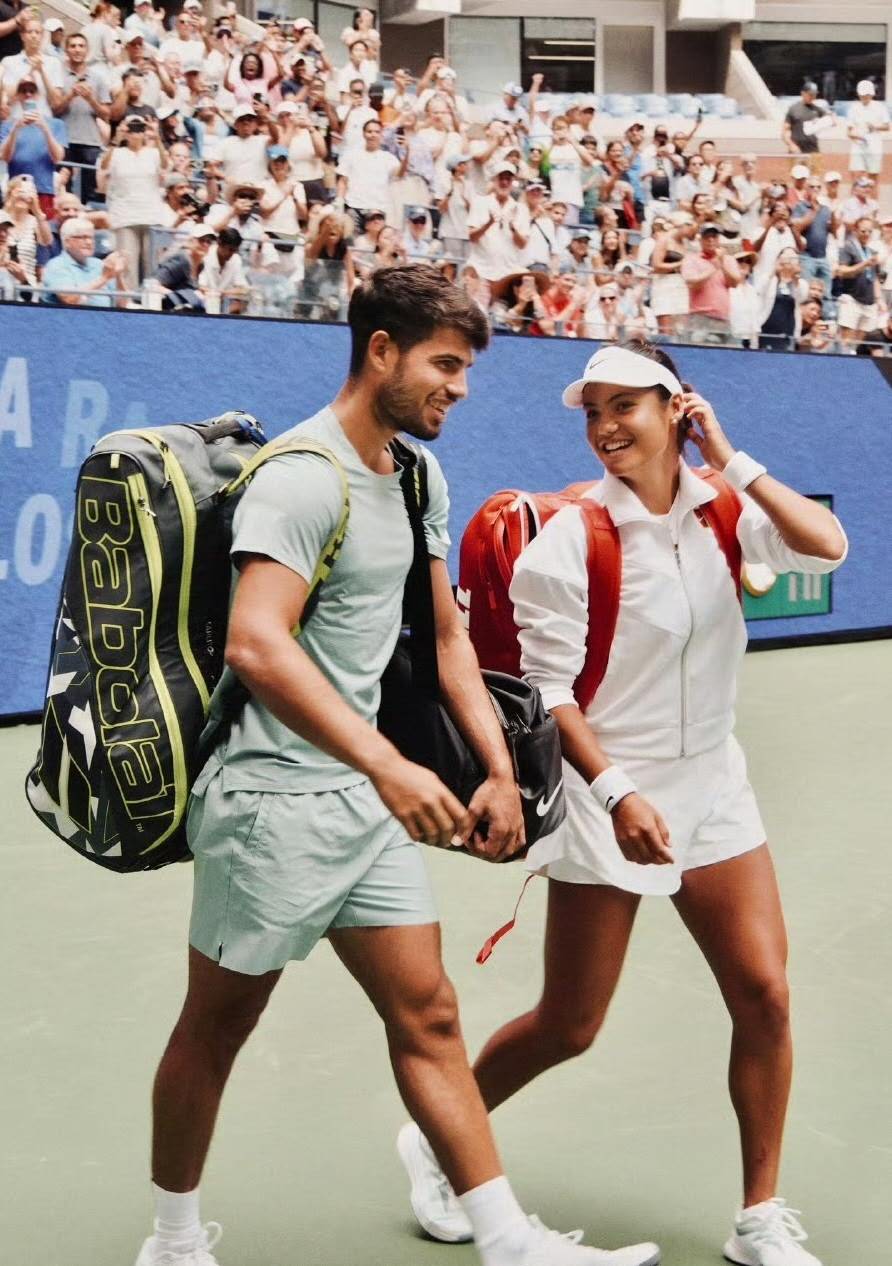
Once the “seat filling” controversy was further exposed, it quickly sparked heated discussions online. Many users criticized the US Open’s approach on social media as a mere “facade.”
Some netizens joked, “If mixed doubles were truly that popular, why would they need free admission and staff to fill seats? It’s clearly self-deception.” Others expressed understanding: “TV broadcasts require full stands; it’s standard practice in the industry, it’s just that the US Open got caught this time.” However, some fans argued back: “Instead of resorting to these tricks, they should genuinely improve the entertainment value and competitiveness of mixed doubles to attract viewers with higher-quality matches.”
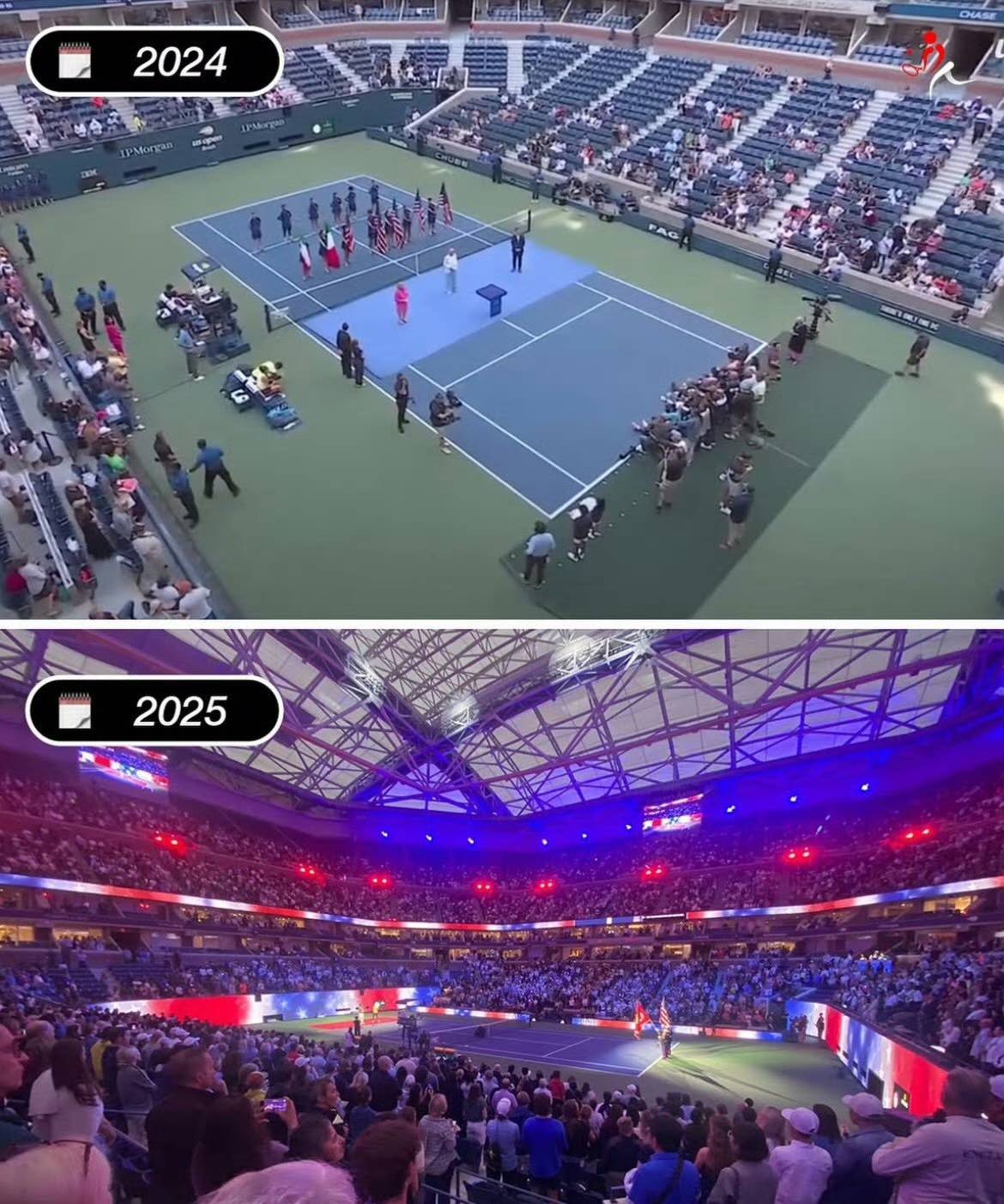
Sports marketing experts point out that large event organizers often face pressure to fill seats, especially for less popular events. A senior TV professional said, “Generally, empty seats during broadcasts are seen by sponsors and advertisers as a sign that the event isn’t popular, so organizers are motivated to fill those spots.”
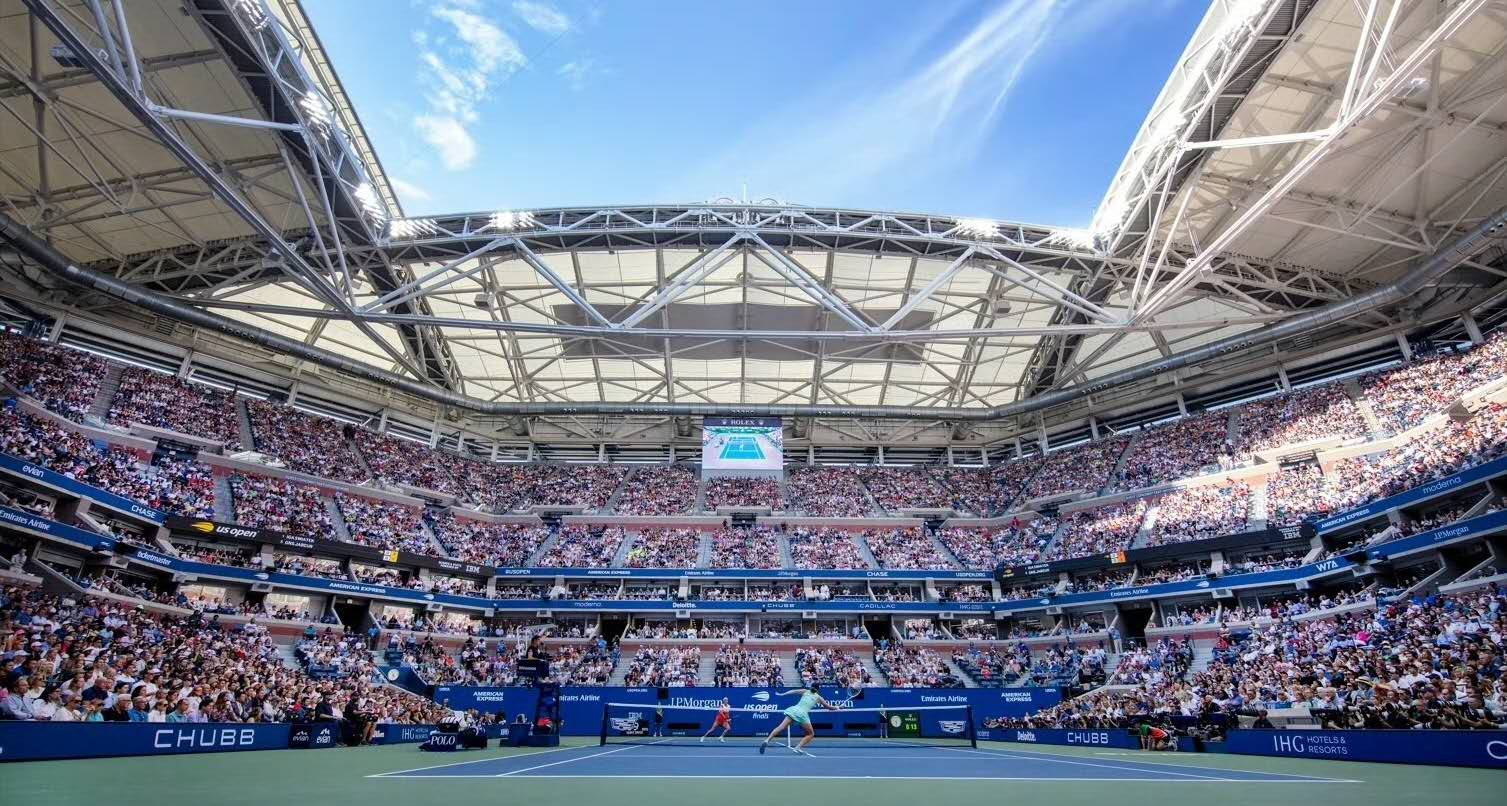
Nevertheless, the “false prosperity” created by staff filling seats and free admissions may damage the event’s reputation in the long run. When audiences realize the so-called “full house” is artificially generated, they may start doubting other data released by the organizers. The US Open mixed doubles “seat filling” incident exposes the gap between appearance and reality in the sports industry and highlights the pressures and challenges organizers face in maintaining the event’s image.(Source: Tennis Home, Author: Lu Xiaotian)







 Links
Links
 Contact
Contact
 App
App


